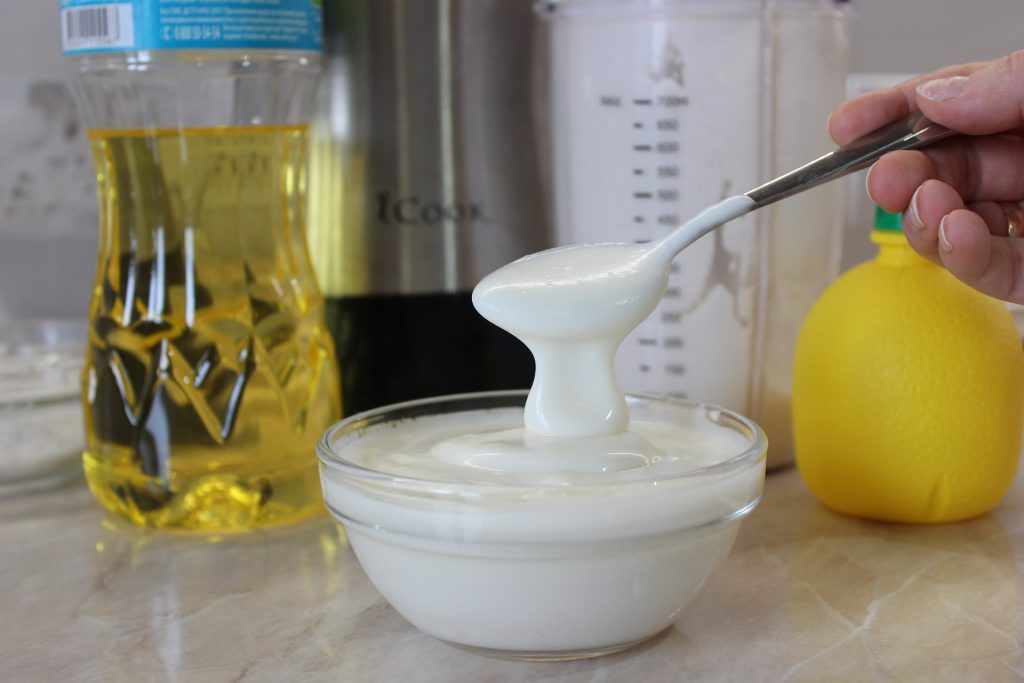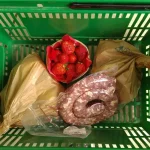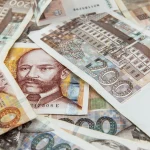December the 14th, 2023 – We’re all painfully aware of how prices tend to be for many basic household items in Croatia, but did you know that the likes of fat and oil are more expensive here than in the likes of Luxembourg?
As Poslovni Dnevnik writes, the increase in food prices has undoubtedly been the thing that left the deepest mark on the last year, including 2022. If we look at the growth of food prices across other European Union Member States since 2015, the index is the highest in neighbouring Hungary, followed by Bulgaria and Slovakia, and then in Germany and here in Croatia. At least according to Eurostat data. There’s a visible difference in prices between EU Member States, and it has left some scratching their heads and asking why, as reported by Večernji list.
Oil is cheaper in one of the richest European countries – Luxembourg
“For example, oils and fats here in Croatia are more expensive than they are in Luxembourg, France, Denmark, and in Austria. In the category of fruit, vegetables, potatoes and meat, Croatia sits below the EU average. As for other food, Croatia is yet again more expensive than Luxembourg, Sweden, France or Germany. Bread, for example, is significantly more expensive in Croatia than it is in Germany”, analysed Croatian MEP Biljana Borzan, whose focus of work is, as is well known, the quality of food on the EU market, including here in Croatia.
When we talk about the impact of prices on the purchasing habits of people living in Croatia, the average Croatian family spends 30 percent of their household budget on food each and every month. Likewise, 79 percent of people say that the price increases have had an affect on their diets and overall eating habits.
Knock off brands, or simply less food overall…
“More than half of people in Croatia just buy cheap food, such as alternative products and brands, while a third of people just buy less food overall,” warned MEP Biljana Borzan.
The influence of prices on the buying habits of people all across the EU has been clearly reflected in the fact that more than half of the bloc’s population rush to buy products that are currently on sale and have discounts applied to them. It is believed that 70 percent of the bloc’s unhealthy food is on sale in the Netherlands, while in Belgium, only one out of 10 products on sale is deemed healthy, according to Borzan. Approximately 40 percent of EU citizens purchase much less meat and fish, and almost half of them believe that manufacturers and traders have inflated prices in order to make a profit.
The well known non-profit organisation Oxfam recently reported that 18 of the largest food and beverage corporations have generated the equivalent of 14 billion US dollars in windfall profits in both 2021 and 2022. The trend of reducing product packaging, recognised as “shrinkflation”, is becoming more and more common now.











